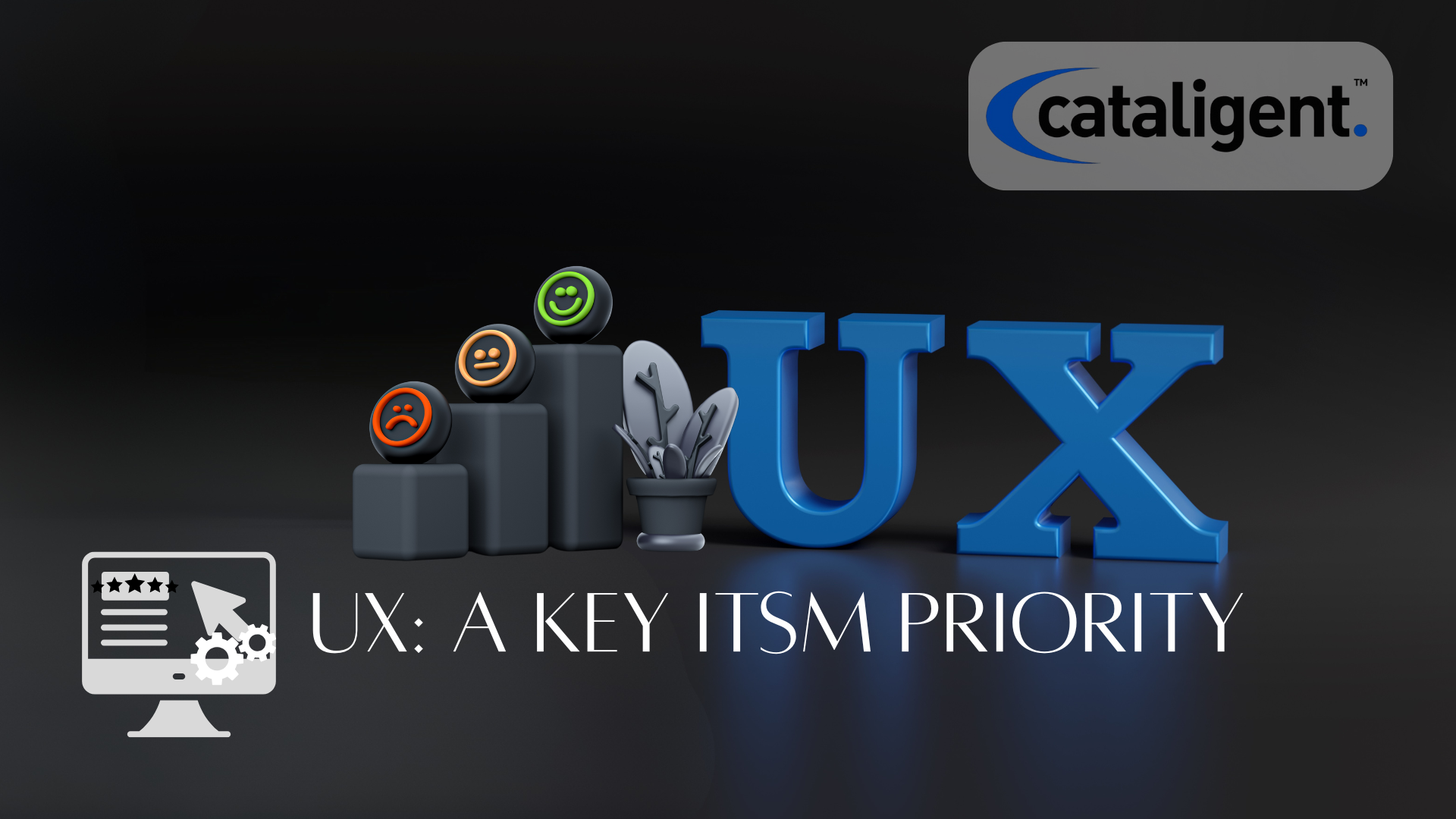Introduction
In the modern IT landscape, User Experience (UX) has emerged as a critical success factor for digital tools and platforms. Within the realm of IT Service Management (ITSM), the design and functionality of ITSM portals play a significant role in how end users and IT teams interact with service management systems. A well-designed ITSM portal not only improves user satisfaction but also drives adoption, reduces support costs, and enhances overall service delivery.
What Is an ITSM Portal?
An ITSM portal is a centralized web-based interface that enables users to access IT services, submit tickets, find solutions in knowledge bases, and interact with IT support teams. It serves as the front-end experience of an organization’s ITSM framework, often integrated with tools such as incident management, request fulfillment, change management, and self-service capabilities.
Why UX Matters in ITSM Portals
1. Drives User Adoption
When portals are intuitive and user-friendly, employees are more likely to engage with them rather than bypassing them for direct IT contact or shadow IT solutions. A positive user experience reduces friction, encourages self-service usage, and ensures consistent use of the ITSM tool.
2. Enhances Efficiency
A well-structured UX facilitates quicker navigation, fewer clicks to complete tasks, and easier access to information. This translates into time savings for users and IT staff alike, especially when dealing with incident resolution or service requests.
3. Reduces Ticket Volume
Effective UX incorporates self-help features like knowledge base integration, AI-powered chatbots, and automated workflows. These tools empower users to resolve issues on their own, reducing the number of tickets submitted to the service desk.
4. Increases Satisfaction and Productivity
UX-driven design enhances satisfaction for both end-users and IT professionals. A seamless portal experience supports higher productivity, minimizes confusion, and leads to better alignment between IT services and business needs.
5. Supports Continual Improvement
By tracking user behavior and feedback, organizations can iteratively improve the portal. UX analytics help identify bottlenecks and user pain points, enabling continuous enhancements that support ITIL practices and service optimization.
Key UX Design Principles for ITSM Portals
1. Simplicity and Clarity
The portal interface should be clutter-free, using clear language, recognizable icons, and logical navigation. Avoid overloading users with technical jargon or excessive menu options.
2. Personalization
Tailor content and services based on user roles, preferences, and previous interactions. Personalized dashboards and contextual help improve engagement and relevance.
3. Mobile Responsiveness
With remote and hybrid work on the rise, portals must function seamlessly across devices. Responsive design ensures users can submit tickets or track requests from smartphones and tablets.
4. Accessibility
Design with accessibility in mind to accommodate users with different abilities. Ensure compatibility with screen readers, keyboard navigation, and offer options like high-contrast modes.
5. Visual Consistency
Use consistent branding, colors, and typography across all elements. Consistency helps users build familiarity and reduces cognitive load.
6. Feedback and Confirmation
Provide immediate visual or text-based feedback for user actions. Confirm submissions, display progress bars for requests, and notify users of next steps or expected wait times.
Features That Enhance UX in ITSM Portals
- AI and Virtual Assistants: Use chatbots to answer common questions and guide users to solutions.
- Search Functionality: Implement smart search tools that offer autocomplete, filter options, and relevance-based results.
- Knowledge Base Integration: Connect users to helpful articles, FAQs, and guides directly within the ticket submission process.
- Self-Service Catalog: Provide an easy-to-browse catalog for services like password resets, software requests, and hardware provisioning.
- User Feedback Tools: Allow users to rate services, provide comments, and suggest improvements.
Benefits of Investing in UX for ITSM
Improved ROI
Better UX reduces training time, lowers ticket volume, and enhances the efficiency of service delivery, resulting in cost savings and higher return on ITSM investments.
Greater Alignment with Business Goals
User-friendly portals align IT services more closely with business objectives, as they promote efficiency, collaboration, and transparency.
Enhanced IT-Business Relationship
When employees find IT services helpful and easy to use, the IT department is viewed more as a strategic partner than a back-office function.
Data-Driven Insights
Tracking how users interact with the portal can provide insights into service performance, common issues, and areas for improvement.
Common UX Challenges in ITSM Portals
- Overcomplicated Navigation: Too many options or unclear labels can confuse users.
- Inconsistent Design: Lack of visual or functional consistency can reduce trust and usability.
- Neglecting Mobile Users: A desktop-only portal alienates a significant portion of today’s workforce.
- Limited Customization: A one-size-fits-all approach fails to meet diverse user needs.
- Lack of Training: Even well-designed portals require user onboarding and support to drive engagement.
Best Practices for UX Optimization
- Conduct User Research: Understand user needs, behaviors, and expectations through surveys, interviews, and usability testing.
- Involve Users in Design: Co-create portal features with end-users to ensure relevance and usability.
- Use Agile and Iterative Development: Continuously improve the portal based on user feedback and performance data.
- Monitor Metrics: Track usage rates, task completion times, and satisfaction scores to gauge effectiveness.
- Promote and Train: Actively promote portal usage and provide training to build confidence and competence among users.
Conclusion
The success of an ITSM initiative depends significantly on the quality of the user experience provided by its portals. A seamless, intuitive, and accessible UX encourages widespread adoption, supports operational efficiency, and enhances satisfaction across the organization. By prioritizing UX design in ITSM portals, businesses can bridge the gap between technology and user expectations, ultimately transforming IT service delivery into a strategic business enabler.
As digital workplaces continue to evolve, the emphasis on UX will only grow stronger. Organizations that invest in UX-centric ITSM portals will be better equipped to adapt, scale, and succeed in the future of work.

